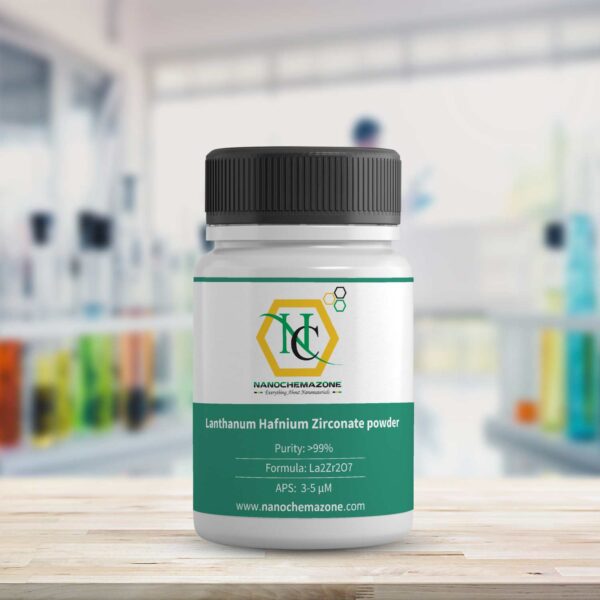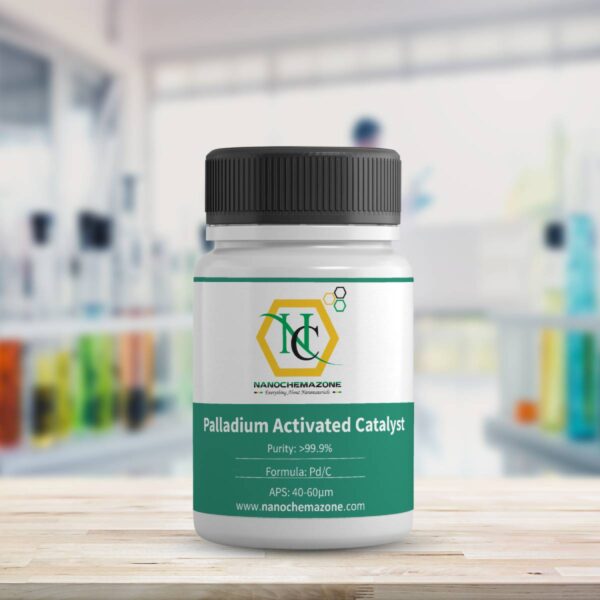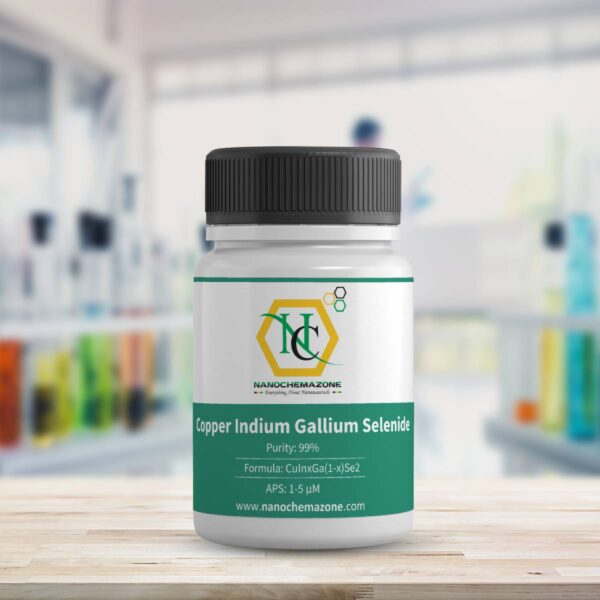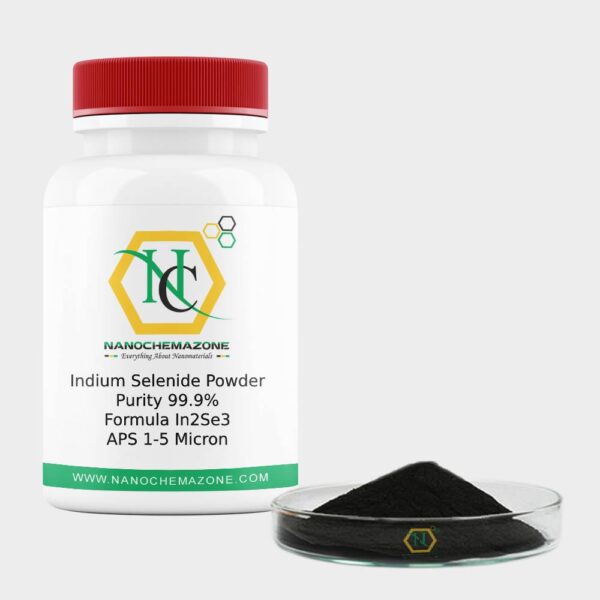Aluminum Magnesium Oxide
| Product |
|
| Colour |
N/A |
| Purity |
99% |
| Particle Size |
1-5µM (customizable) |
| Ingredient/MF |
Al2MgO4 |
| Product Code |
NCZ-CP-344/20 |
| CAS Number |
315689-16-8 |
| Density |
3.64 g/cm3 |
| Melting point |
N/A |
| Boiling Point |
N/A |
Aluminum Magnesium Oxide Description
Aluminum (or Aluminium) (atomic symbol: Al, atomic number: 13) is a Block P, Group 13, Period 3 element with an atomic weight of 26.9815386. It is the third most abundant element in the earth’s crust and the most abundant metallic element. Aluminum’s name is derived from alumina, the mineral from which Sir Humphrey Davy attempted to refine it from in 1812. It wasn’t until 1825 that Aluminum was first isolated by Hans Christian Oersted. Aluminum is a silvery gray metal that possesses many desirable characteristics.
It is light, nonmagnetic and non-sparking. It stands second among metals in the scale of malleability, and sixth in ductility. It is extensively used in many industrial applications where a strong, light, easily constructed material is needed. Although it has only 60% of the electrical conductivity of copper.
It is used in electrical transmission lines because of its light weight. Pure aluminum is soft and lacks strength, but alloyed with small amounts of copper, magnesium, silicon, manganese, or other elements it imparts a variety of useful properties.
Magnesium: Magnesium (atomic symbol: Mg, atomic number: 12) is a Block S, Group 2, Period 3 element with an atomic mass of 24.3050. The number of electrons in each of Magnesium’s shells is and its electron configuration is [Ne] 3s2. The magnesium atom has a radius of 160 pm and a Van der Waals radius of 173 pm.
Magnesium was discovered by Joseph Black in 1775 and first isolated by Sir Humphrey Davy in 1808. Magnesium is the eighth most abundant element in the earth’s crust and the fourth most common element in the earth as a whole. In its elemental form, magnesium has a shiny grey metallic appearance and is an extremely reactive.
It is can be found in minerals such as brucite, carnallite, dolomite, magnesite, olivine and talc. Commercially, magnesium is primarily used in the creation of strong and lightweight aluminum-magnesium alloys, which have numerous advantages in industrial applications. The name “Magnesium” originates from a Greek district in Thessaly called Magnesia.
Related Information
Storage Conditions:
Airtight sealed, avoid light and keep dry at room temperature.
Please contact us for customization and price inquiry
Email: contact@nanochemazone.com
Note: We supply different size ranges of Nano and micron as per the client’s requirements and also accept customization in various parameters.











